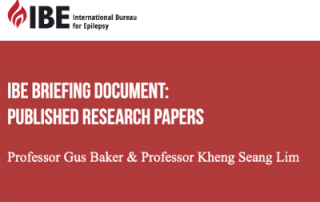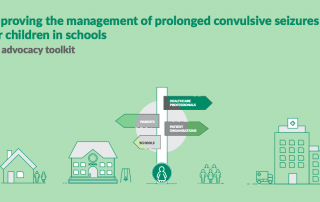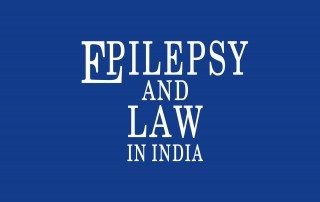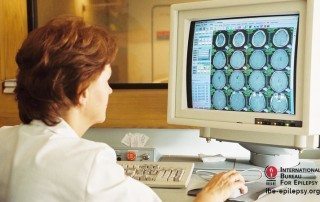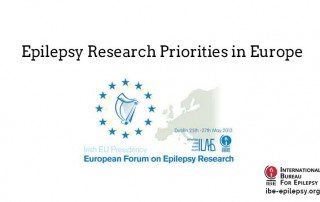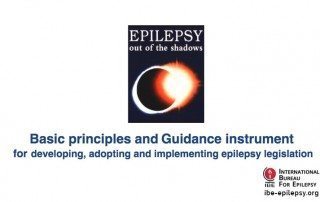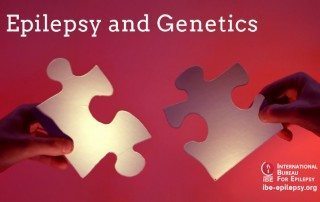Briefing Document on update of Psychosocial Research
Dear friends, colleagues and members of IBE, As promised, here is our 2nd briefing document on recently published research which we hope will be of interest to the IBE Membership. Key topics will continue to include: Self-management including education and knowledge; and the application of self-help strategies. Stigma interventions aimed at both people with epilepsy and the public. Discrimination against people with epilepsy in different life areas (eg. healthcare, education, occupation, insurance) Educational and occupational initiatives targeted at different sections of the public. Specific interventions for the comorbidities of epilepsy [anxiety, depression, low self-esteem]. The application of mobile health apps, telemedicine and social media in these areas (self-management, stigma and discrimination, education and assessment for psychiatric comorbidities). Please click the link below to access the second issue in this initiative. Click here to read the 2nd edition of the Briefing Document Professor Gus A Baker PhD FBPsS Co-Chair of the IBE Research Commission Professor Kheng Seang Lim MD MRCP Co-Chair of the IBE Research Commission

